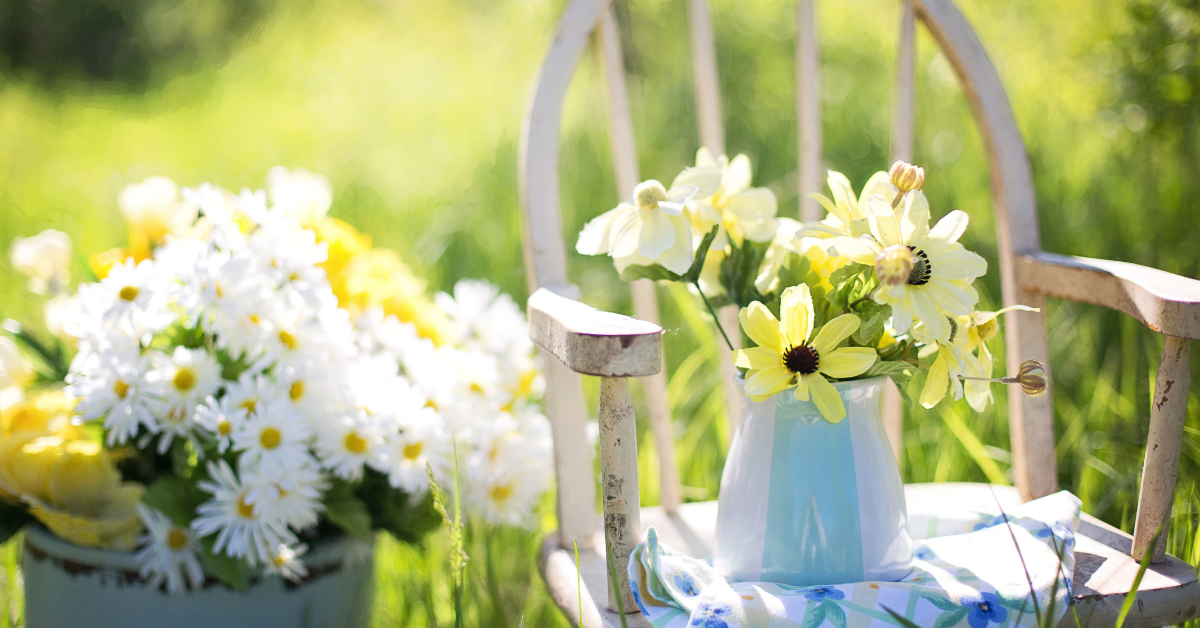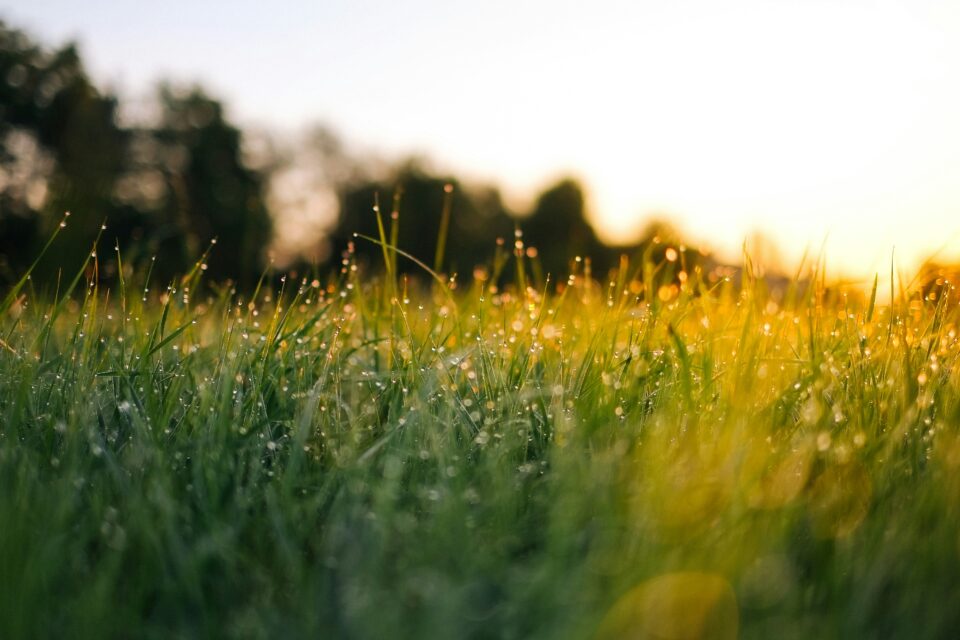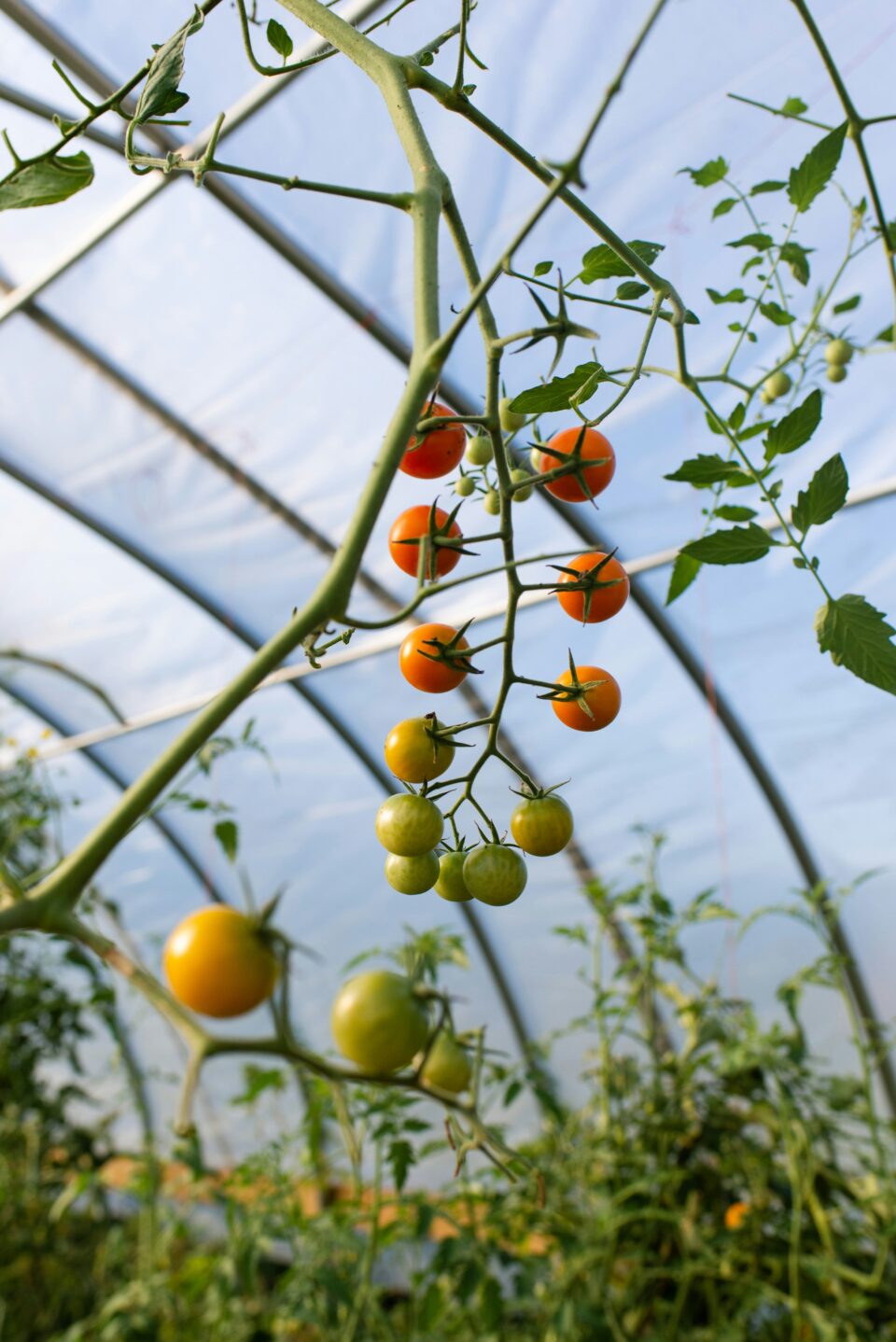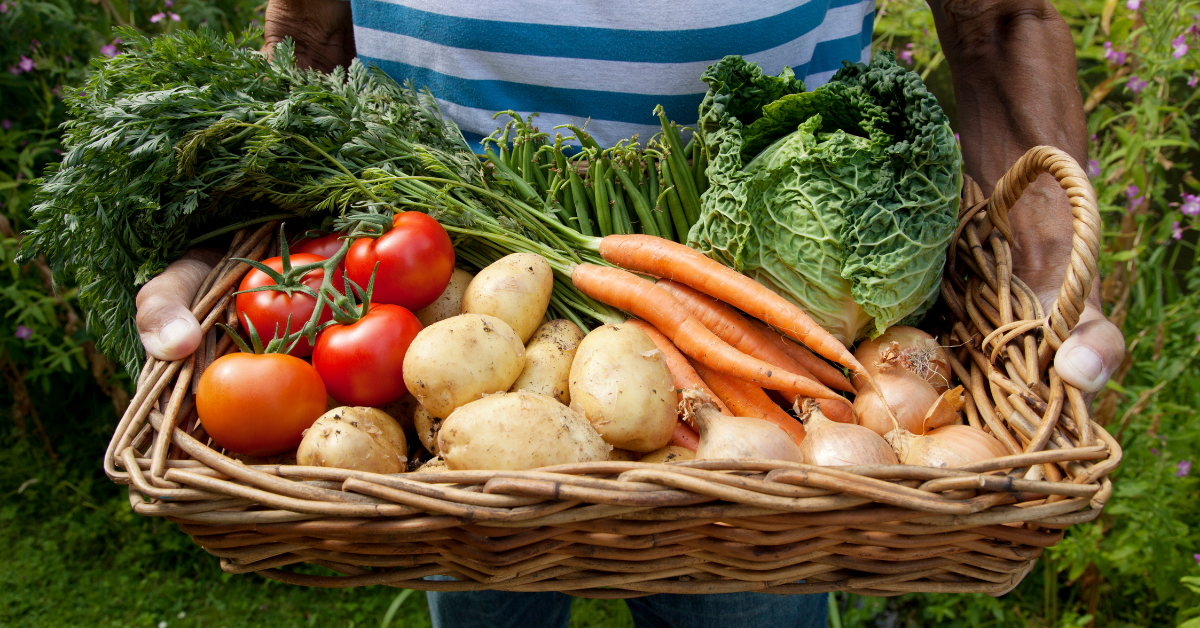
June Gardening Jobs

*Affiliate Links
It’s June and the weather is getting better, gardens are blooming, the birds are fledging, and it’s a fantastic month for being outside more. To make the most of that time let’s take a look at the gardening jobs that need to be carried out during this month…
General Garden Maintenance
Watering: With the increasing temperatures, watering during this month becomes crucial. Ensure your garden is well-watered, focussing more on new plants, vegetables and containers. Early morning or late evening watering is best to help minimise evaporation. Using water from a water butt is also much better for your plants than tap water PLUS it is better for the environment.
Weeding: Weeds grow rapidly in June which means regular weeding is necessary to prevent them from competing with your plants for nutrients and water.
Trimming: Trim back any fast growing shrubs and bushes in order to maintain their shape (always check for any nests prior to doing any work like this).
Mulching: Apply mulch around plants to conserve moisture, suppress weeds and improve soil structure. Organic mulches like bark chips, compost or straw are all great choices.
Lawn Care
Mowing: If you’ve taken part in No Mow May your lawn is probably looking a little wild right now so you could either choose to leave this and join in with “Let It Bloom June” or give it a healthy cut. Before you do the latter you will need to inspect the grass for wildlife, especially slow worms, grass snakes and frogs. If you have created a nice new habitat for them, leave your grass cutting for now or only cut select areas. To help maintain those habitats keep the grass slightly longer than usual. This will also help with its overall health.
Feeding: This can be a good time to apply a high-nitrogen summer feed to help keep your lawn lush and green.
Watering: If there’s a dry spell, water your lawn thoroughly once a week rather than giving it light sprinklings more often. Deep watering encourages deeper root growth.

Flower Beds and Borders
Deadheading: Remove spent flowers from annuals and perennials to encourage further blooming.
Staking: Tall or top-heavy plants like delphiniums, lilies and dahlias may need staking to prevent them from falling over.
Planting: June is a good time to plant out summer bedding plants, ensuring they have enough water and are protected from pests.
Pruning: Early summer-flowering shrubs like Philadelphus and Weigela should be pruned after flowering to encourage new growth.
Vegetable Garden
Sowing and Planting: Continue sowing quick-growing crops like radishes, beetroot and salad leaves. Plant out tender crops such as tomatoes, courgettes and beans now that the risk of frost has passed.
Feeding: Feed tomato plants to promote fruiting. Other fruiting vegetables like peppers and cucumbers also benefit from this.
Pest Control: Keep an eye out for pests such as aphids, slugs (ohhh the slugs this year!) and snails. Use organic controls where possible, like neem oil, garlic sprays, hand-picking, raw sheep’s wool or copper barriers for slugs.

Fruit Garden
Thinning: Thin out fruits on trees like apples and pears to ensure the remaining fruits grow larger and healthier.
Netting: Protect soft fruits such as strawberries, raspberries and currants from birds with netting.
Watering: Fruit bushes and trees need plenty of water, especially during dry spells — mulch around the base to retain moisture.
Greenhouse and Indoor Plants
Ventilation: Ensure good ventilation in your greenhouse to prevent overheating. Shade the greenhouse if necessary to protect your plants from scorching.
Feeding: Regularly feed greenhouse plants with a balanced fertiliser. Tomatoes and cucumbers will need a high-potash feed to encourage fruiting.
Watering: Water regularly and consider installing an automatic watering system to maintain consistent moisture levels.
Wildlife and Sustainability
Wildlife-Friendly Gardening: Leave some areas of your garden a little wild to provide habitats for wildlife such as bugs, amphibians and insects. Install bird feeders and baths, and consider adding a small wildlife pond if space allows.
Composting: Continue adding garden waste to your compost heap remembering to get a good balance of greens and browns. Regularly turn your compost to aerate it and help to speed up decomposition.
Water Conservation: If you don’t already do so consider using water butts to collect rainwater for watering your garden. This is particularly useful during dry periods and will help conserve tap water.
June is a wonderful month for growth and activity in the garden so it can be a busy time but also really enjoyable. By keeping on top of these tasks, you’ll ensure your garden remains healthy, productive and beautiful throughout the summer. Happy gardening!
In case you missed them you can also refer back to:

*This post contains affiliate links which means I will earn a small commission if you purchase via them. This will not affect your shopping experience. For further information please refer to my disclosure page.
Pin for later:





